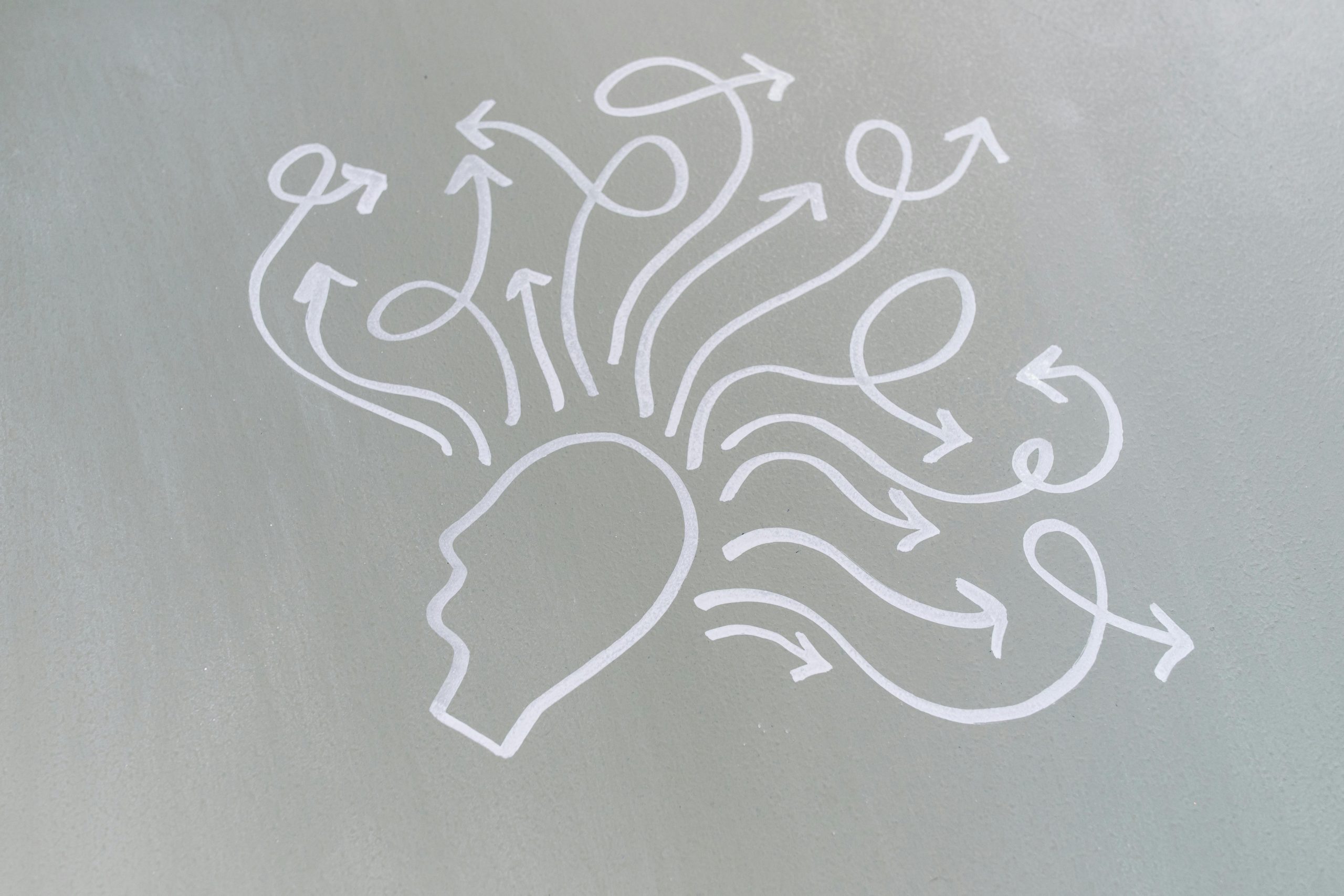People take supplements to improve or optimize their health. So what happens when you look at the label, and the ingredient list is filled with unrecognizable additives?

It tends to happen every day around the same time. It begins with a simple yawn, then your eyelids get heavy, and before you know it, you’re staring at your computer screen struggling to remember what you’re doing. It’s the dreaded post-lunch, afternoon period where you hit the wall and find it hard to stay focused and productive. It’s the well-known “afternoon slump.”
We have probably all experienced this phenomenon – and while in most cases it’s perfectly natural, it’s no fun, especially when you have a list of tasks to get done.
Don’t feel bad if you experience such a slump – studies actually validate this feeling. One study funded by the U.S. Department of Veteran’s Affairs found that accuracy and sustained attention peaked between 9 a.m. and 11 a.m. and then declined thereafter.1 Another study of healthy female college students found significant deterioration of work performance toward the end of a shift, which was magnified in nightshift workers.2
If you are familiar with the afternoon slump, then here are some tips to ramp up your productivity during the workday’s home stretch.
Find out why you are fatigued
Although your usual circadian rhythms can dictate the timing of a drop in energy and focus, there could be other reasons too. The first step is to find if that is the case. Because fatigue has a multitude of causes, it can be hard to track down the exact cause. But this article on the common causes of fatigue is a good place to start.
Even if your afternoon sleepiness or lack of focus is a reflection of your natural rhythm, this doesn’t mean it’s unavoidable. Here are several ways to prevent sleepiness and manage your energy levels.
Take a nap
A big misconception from childhood is that naptime is punishment. We were wrong. The post-lunch nap is common in many cultures and a very effective way to fight the afternoon slump.
Even a quick 10- to 20-minute nap during your lunch break can do the trick.
One study found that a quick afternoon nap reduces a decline in cognitive flexibility, thus improving the brain’s ability to quickly switch focus from one task to another.3
Unfortunately, not everyone can take a quick nap at work. That’s okay. There are plenty of other ways to get around the afternoon slump.
Step outside
If napping is off the table, then spend the same amount of break time outside in the fresh air and sunshine. A quick change of scenery can improve productivity.
Make a phone call or catch up on email outside. Sunlight also naturally boosts your vitamin D and serotonin levels, which can positively affect mood – and a better mood will help you power through the last half of the day.
Watch what you eat
Eating habits can be a reason for afternoon fatigue, starting with breakfast. If your typical day is grabbing a coffee and heading to the office, then you are setting yourself up for a crash.
Instead, when you eat breakfast, think balance. A nice balance of healthy carbohydrates, protein, and fiber helps you feel full and energised throughout the day. Such breakfasts can include:
- Eggs and whole grain toast
- Steel-cut oatmeal with yoghurt and nuts
- A cup of protein-packed yoghurt topped with flax seed, banana and a spoonful of peanut butter
- Or a smoothie featuring a protein powder
Lunch is equally important. Depending on what you eat, you can either prevent or cause a slump. Although a lunch loaded with refined carbohydrates, fats and sugar will give you a quick energy boost, it will also be quickly followed by a crash.
Also, don’t overeat. As anyone after Christmas dinner can attest to, too much food usually makes you drowsy.
Instead, when eating lunch, aim for a light mix of vegetables and protein, such as a salad topped with chicken, eggs, tuna, or chickpeas. If you don’t have time for a big production, then try a protein-packed shake – protein powder, plus water, milk or juice plus something extra (for example, fruit, nut butters, yogurt, or greens) thrown into a blender.
Stretch at your desk
As soon as you start feeling that post-lunch drowsiness set in, stand up and stretch. Stretching provides a quick energy boost because it increases blood and oxygen circulation throughout your body. Plus, it’s also a great way to relieve stress and tension in your muscles.
- Riley E, Esterman M, Fortenbaugh FC, DeGutis J. Time-of-day variation in sustained attentional control. Chronobiol Int 2017;34(7):993-1001. doi: 10.1080/07420528.2017.1308951.
- Valdez P, Ramírez C, García A, et al. Circadian and homeostatic variation in sustained attention. Chronobiol Int 2010;27(2):393-416. doi: 10.3109/07420521003765861.
- Slama H, Deliens G, Schmitz R, et al. Afternoon nap and bright light exposure improve cognitive flexibility post lunch. PLoS One 2015;10(5):e0125359. doi:10.1371/journal.pone.0125359
Share:
Related Posts

Why Would I Test Positive To Foods On A Dietary Antigen Test That I Don’t Eat?
Written by Precision Point Diagnostics | 2025 True food allergies are when the body develops antibodies against a particular food, or a related food. Patients

Mitochondria: The Overlooked Link in the Gut-Brain Axis
Written by Dr Sarah Daglis | 2025 The gut-brain axis is well-established, but there’s more to this dynamic relationship than meets the eye. A vital

Unlocking Respiratory Resilience Through Functional Medicine
Article written by Dr Michelle Clark Naturopathic Doctor Clinical Education Manager, FxMed Published 1 September 2024 People take supplements to improve or optimize their health.

AHCC: Unlocking the Immune Intelligence of Shiitake Mycelia
Article written by Jessica Sanders BSc. (Psy), Dip Nat, Dip Med Herb Technical Projects, FxMed Published 1 September 2024 People take supplements to improve or

Life After Weight Loss Meds
Kathi Head, ND February 20, 2025 You would have to have been spending glorious hours lying on the beach on a desert island not to


